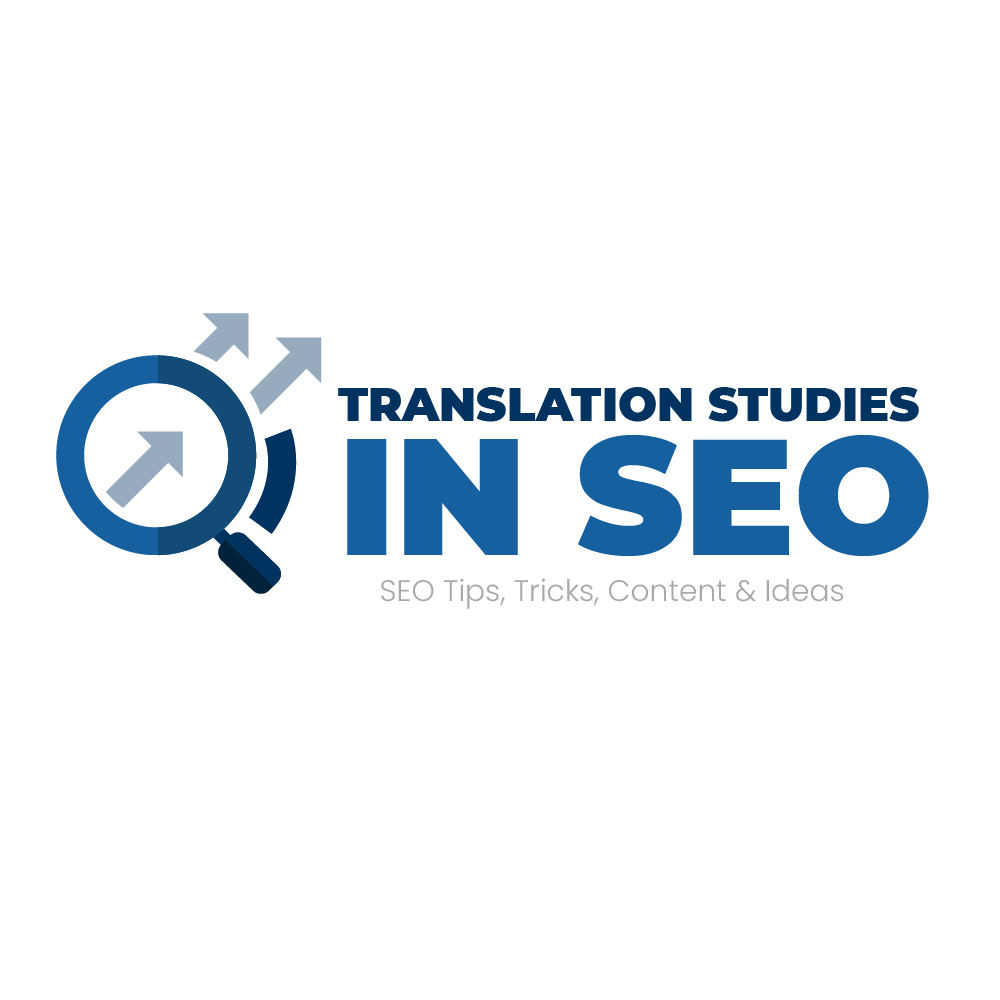Search engine optimization (SEO) is the process of improving your website’s ranking on major search engines. It involves optimizing your website for keywords and other key terms that people use when searching for your products or services.
SEO also involves ensuring your website is optimized for user experience. This is essential for attracting direct traffic, which is more likely to convert into customers.
Keyword research
Keyword research is the process of identifying what search terms your target audience uses when looking for products, services, and information online. This analysis should form the basis of your SEO strategy, guiding you to create content and organic strategies that drive high-quality traffic.
The first step is brainstorming a list of potential keywords. Start with broad topics that apply to your business or industry, then narrow them down as you learn more about your target market.
Next, you’ll want to check how much searches are being made for these keywords using a keyword research tool. Tools like Google’s Keyword Planner or Ahrefs’ Keyword Explorer are great options for this stage of your research, and they provide important metrics such as search volume and traffic potential.
This step is also important for paid search campaigns, since it can help you determine whether or not a keyword is within your budget. Most keyword research tools include CPC data, so you can see how much you’ll have to pay for each click.
On-page optimization
Search engine optimization (SEO) is the process of optimizing your website to increase its visibility on search engine results pages. This includes optimizing your web page content, HTML, internal links, and meta data.
SEO is an essential marketing strategy that helps businesses generate traffic and leads. It also provides a solid return on investment for businesses.
The key is to build high-quality, relevant pages that are optimized for both users and search engines. This means ensuring your content is engaging and contains relevant keywords.
On-page optimization can be a daunting task, however. Luckily, there are many resources available to help you learn about SEO best practices and implement them into your website.
On-page SEO includes elements such as page titles, URLs, and image alt text. Each of these has its own specific role in the SEO process. For instance, a great title tag can convince visitors to click on your site versus your competitors’, which can help improve your ranking in search results.
Off-page optimization
A strong search engine optimization strategy is vital for any business. It can help you reach more customers, boost sales growth and improve your online reputation.
When it comes to search engine optimization, there are two main ways to optimize your site: on-page and off-page. Both of these strategies are important, but they need to be implemented in complementary fashion if you want to achieve success.
On-page SEO focuses on optimizing your website’s content, site structure, keywords and HTML tags. Off-page SEO includes any activities that occur outside of your website, such as building backlinks and promoting your brand on social media networks.
Off-page SEO is an important part of your search engine optimization strategy and can be one of the most effective ways to improve your rankings. However, it’s important to know that off-page optimization isn’t just about building links. Google pays close attention to a variety of off-page SEO factors, including:
Conversion rate optimization
Search engine optimization (SEO) is about driving traffic to your website in hopes that they will convert into leads or customers. That’s an important goal, but maximizing the value of existing traffic and leads is a much more powerful way to propel your company toward long-term growth.
Conversion rate optimization, or CRO, is the process of transforming visitors into leads and customers by improving your site’s conversion rates. Typically, this involves improving key elements on your website or mobile app to increase the number of users who take specific actions, such as signing up for an email list or adding a product to their shopping cart.
SEO and CRO are inseparable, but they work better when they’re combined as a comprehensive strategy. The best way to start optimizing your website or app for conversions is by using a tool like Optimizely, which allows you to build A/B and multivariate tests and get immediate results that help you understand where to focus your efforts.
